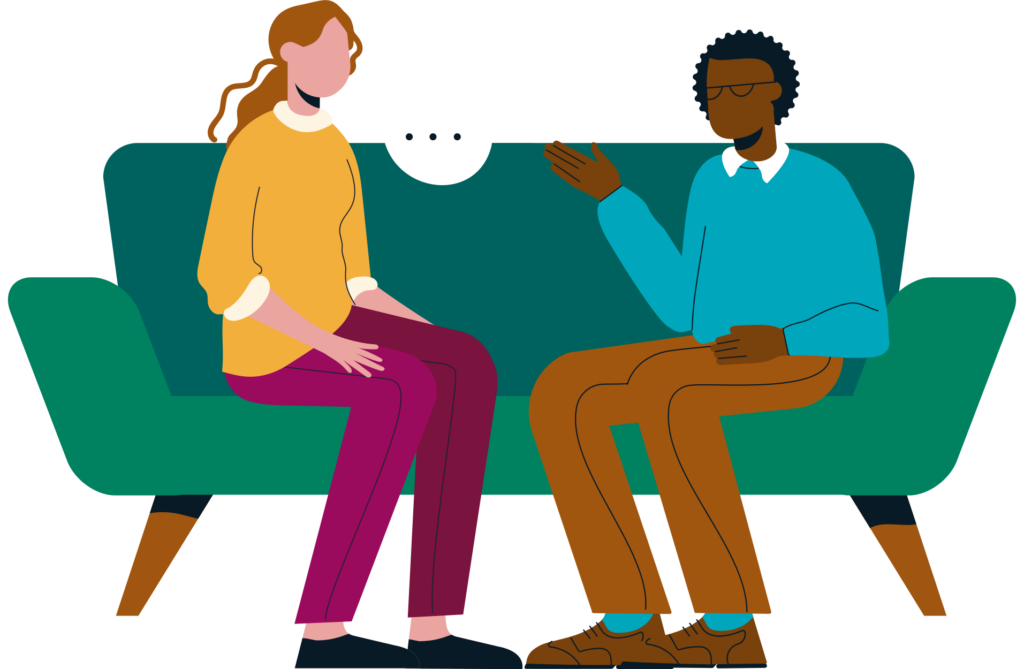Understanding PDA: a 1 minute guide about autism
Pathological Demand Avoidance (PDA) was first mentioned in the 1980s but there has been limited research about the condition. It is not currently a recognised diagnosis in international diagnostic manuals. Therefore it is not a formal diagnosis that the NHS can give. PDA is still widely debated but it is currently agreed that it is a ‘profile’ of Autism Spectrum Disorder (ASD).
What is PDA?
The core feature of PDA is an extreme resistance to and avoidance of everyday demands. Your child might refuse to comply with basic instructions even when these are part of their usual routine (e.g. brushing their teeth).
Children with PDA will also avoid tasks that you know they enjoy, such as going swimming, when this is presented as a direct instruction.
This resistance all stems from an extreme anxiety around direct demands and expectations, which the child can react to as if it were a threat to their survival.
Children with PDA can learn quite quickly how to tell when a demand might be coming, and will develop lots of ways to delay or avoid it. They can appear extremely controlling, and others might perceive them as being manipulative.
When faced with a demand, a child with PDA might use social techniques to start with, such as distraction, negotiation and procrastination. If this doesn’t work, their anxiety will turn to panic and they can experience complete loss of behavioural control.
Children with PDA can have a weak sense of identity, and don’t easily identify with other children. They can see themselves more like adults, and can resent authority figures.
Unlike other children with ASD, they often have a strong imagination and fantasy life, and enjoy taking on the persona of somebody or something else.
Their high anxiety helps them to develop surface social skills. However, they often lack deeper social understanding.
How can you help?
Adapt your language to make demands less direct. For example, rather than giving direct instructions, say: “I wonder whether…” or “maybe we could investigate…”
Offer choices related to the activity you need them to do, so they feel more in control. For example at bath time, you could let them pick what time they do it, what colour towel they have, and whether they want you to wash their hair or to do it themselves.
Rather than labelling their emotions directly (e.g. “I can see that you are really angry/upset/anxious”) it is better to comment on the external factor, e.g. “I know that X is really difficult” or “it’s really hard when X happens”.
Treat them like an adult and explain why some things need to be done a certain way, e.g. “it’s a health and safety requirement”. This can help depersonalise demands and make them feel like an equal.
Tapping into their desire to be grown-up can also be helpful, as in: “I’m not feeling well, can you help me with…”
Try general ASD strategies, but be aware that some of them may be less effective (e.g. visual timetables may actually increase demand).
Be aware that your child is incredibly anxious. Consider a meltdown like a panic attack. Try to stay calm and not take any challenging behaviour personally.
Stick to 2 or 3 non-negotiable rules and try to be flexible with everything else. Choose your battles carefully.
Children with PDA are often quick to work out what you are trying to do. Be prepared for one
strategy to work one day, and not the next. Have a number of tools up your sleeve!
For more information: www.pdasociety.org.uk
